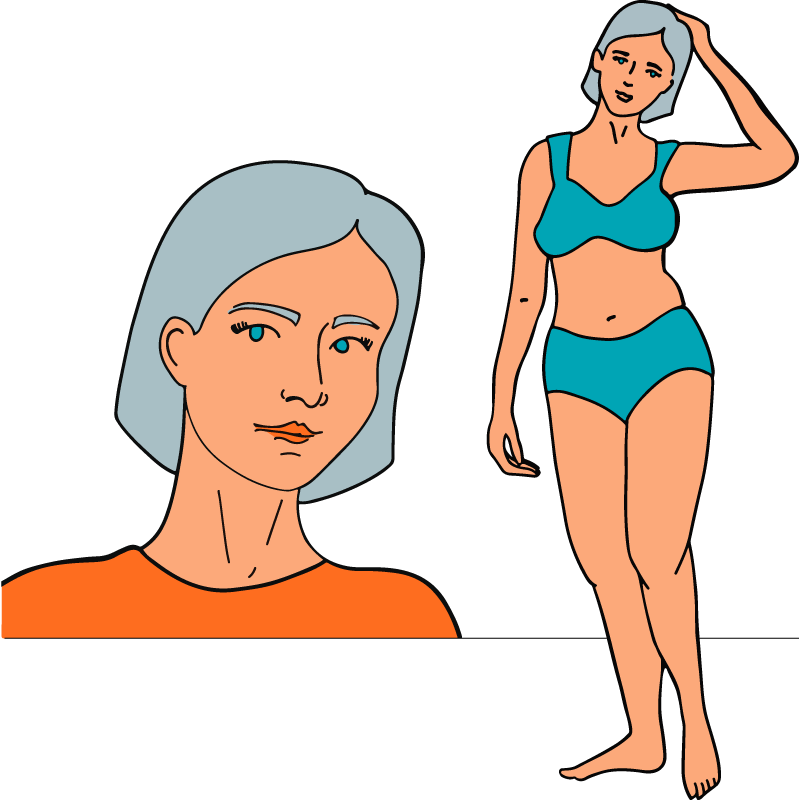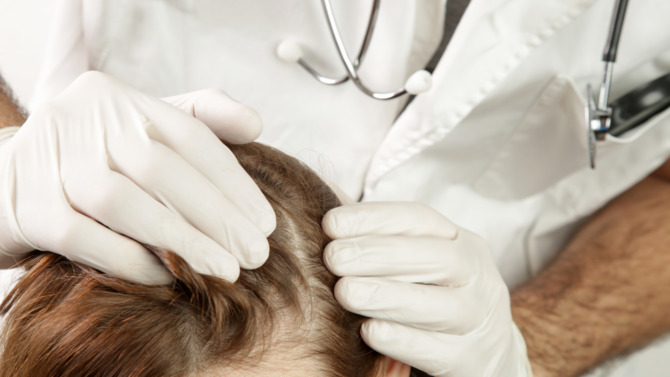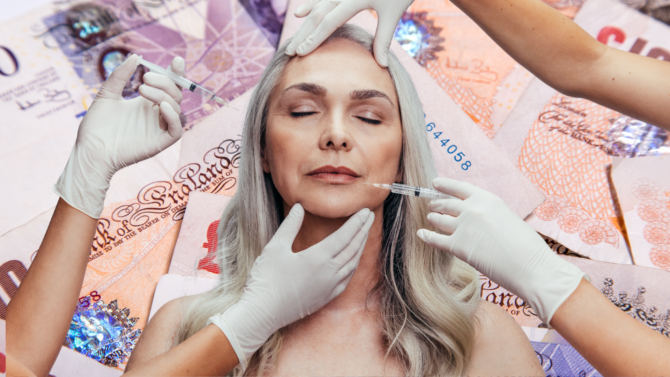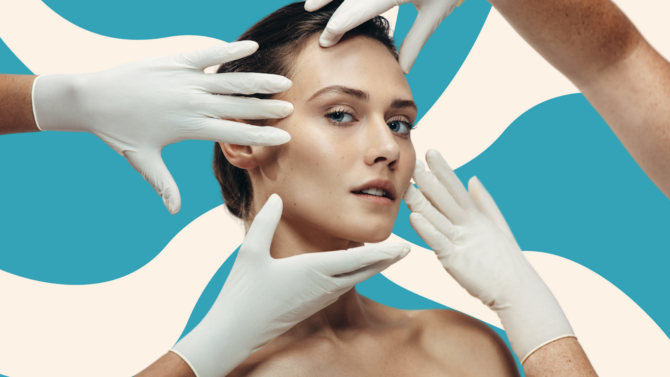Is female hair loss as big an issue as male hair loss?
Yes – it really can be. According to leading aesthetic doctor Dr Tapan Patel, some estimates suggest that as many as one in three younger women have some sort of hair loss issue, and after menopause that number goes up to at least two thirds.
However, while hair loss for both men and women can be very distressing, it is still something of a taboo subject for discussion among women, leading many not to seek help until it is severe. That is compounded by GPs who may not take hair loss seriously, and the fact that the reasons for and behind women’s hair loss can be so varied. That traditionally has left women suffering in silence, despite the frequency of the problem.
How does female hair loss differ from male pattern baldness?
According to Dr Patel, the main difference is how the hair is lost. With male pattern baldness, men tend to recede from the temple area, as well as at the top of the crown. Their hairline also starts receding. Then, by the time everything merges together, there’s almost a total loss of hair over the top, although some men will retain some at the sides.
With women though, hair loss or thinning can be more diffuse without a specific pattern, although you may first notice it if it happens as a widening around your parting. That means at an early stage, a widening of the parting can probably still be disguised, but as it progresses and the hair gets more and more thin, you may start to see visible scalp along your parting.
Is there a difference between hair loss and hair thinning?
While the two terms are often used interchangeably and are definitely related, there is a slight difference between hair loss and hair thinning. Hair loss refers to the actual loss of hair strands that then do not grow back, resulting in visible bald spots and a significant reduction in overall hair volume. Hair thinning, on the other hand, implies a decrease in the individual thickness of each hair strand. This leads to a decrease in hair density and the appearance of less thick hair, even if the number of strands you have hasn’t significantly changed. As a cosmetic concern, hair loss and thinning often occur and are treated simultaneously.
Are there ways to hide the appearance of hair loss and thinning?
If you want to conceal the appearance of mild hair thinning, a simple step is to try to change your parting (especially if hair loss has started in this area) or to experiment with a new, often shorter, hairstyle to give the illusion of fuller hair. You can also get an increasing number of hair concealers and hair fibre products on the high street, which work by temporarily ‘colouring in’ areas of sparse hair growth on your scalp. For significant hair loss, there is always the option of using a wig.
Which vitamin deficiency causes hair loss?
Several vitamin deficiencies can contribute to hair loss, including vitamin D, which plays a crucial role in the hair cycle by helping create new follicles, and biotin, a B-complex vitamin, which is essential for the production of keratin, a protein that makes up the structure of the hair. Iron deficiency can lead to anaemia, disrupting the nutrient supply to the hair follicles too, while, a vitamin A deficiency (or excess) may also contribute to hair loss. A well-balanced diet, aided by careful supplementation, can maintain the levels of these vitamins in your body, thus helping with optimum hair health.
What lifestyle changes may help with hair loss?
If you are starting to see signs of hair thinning or hair loss, making certain lifestyle adjustments can potentially help manage the issue. Start by avoiding any harsh, stripping hair treatments, as well as tight hairstyles or extensions that can make your hair weaker. Keeping your hair, and especially your scalp, clean can also provide an optimum environment for healthy hair growth. If you can, you should also try to manage your stress levels, and stop smoking if you can.
Can hair loss be a sign of something serious?
Yes, in some cases, hair loss can be a symptom of a more serious underlying health issue that needs to be seen and addressed by your doctor. If your hair loss is severe or particularly sudden, you should speak to a medical professional as soon as possible to identify the root cause of the issue. Hormonal imbalances, scalp infections, autoimmune conditions, and nutritional deficiencies can all cause significant hair loss and thinning, and these conditions need to be identified and resolved before you seek cosmetic treatment.








 The Tweakments Chatbot
The Tweakments Chatbot